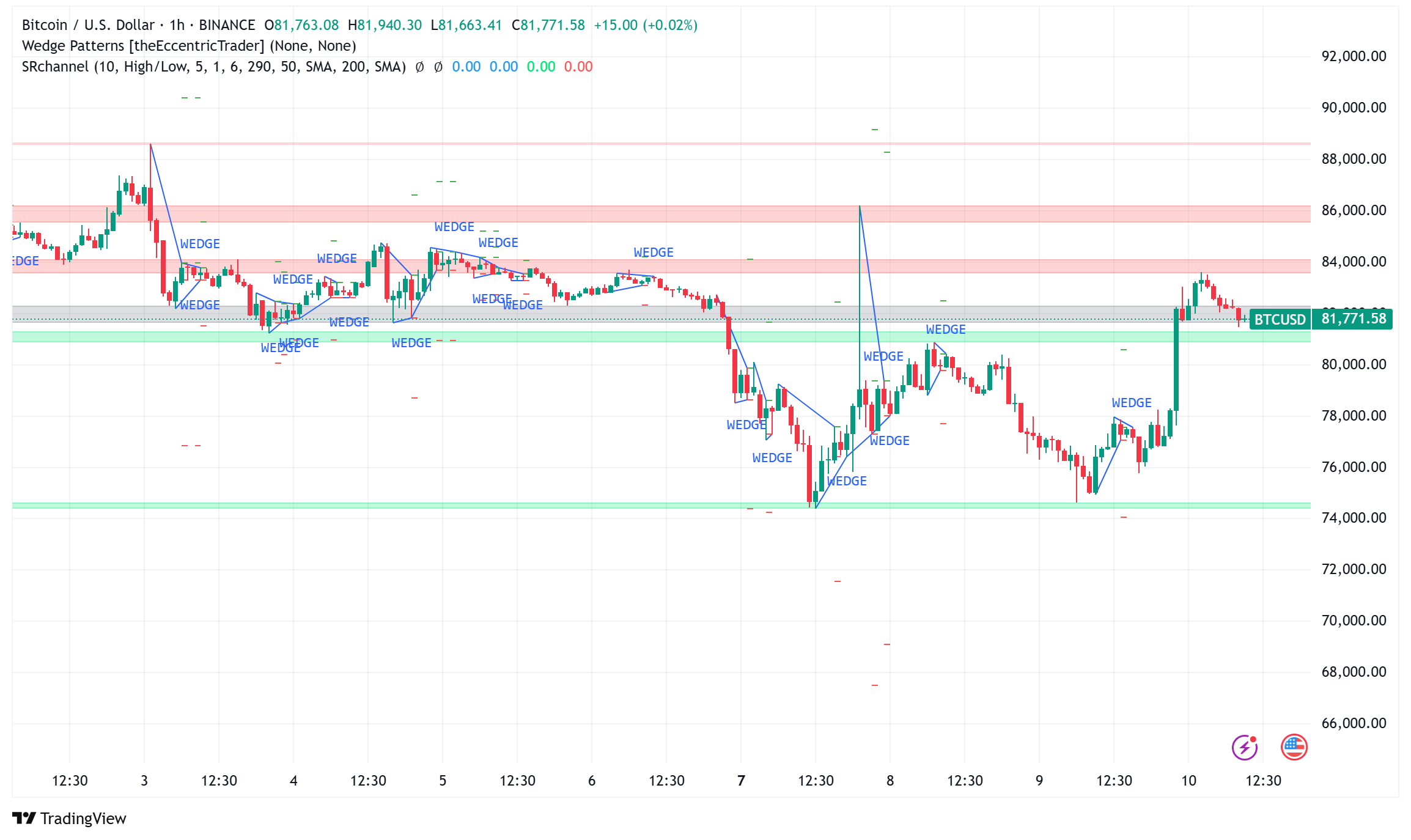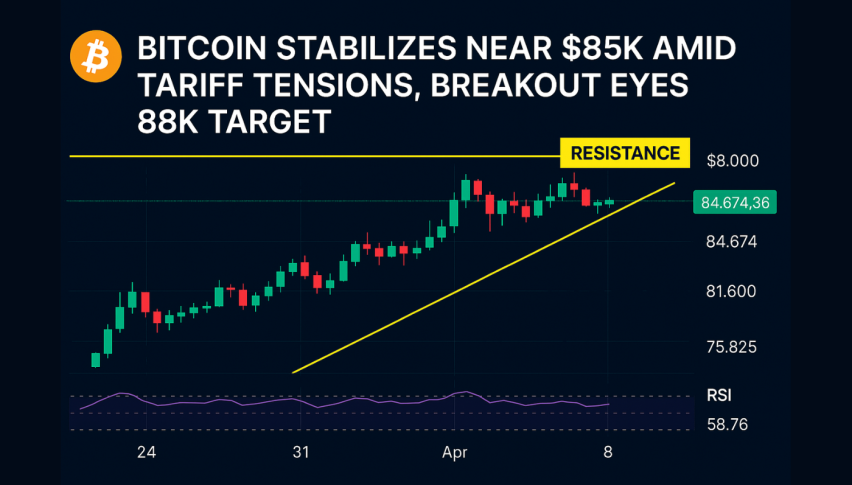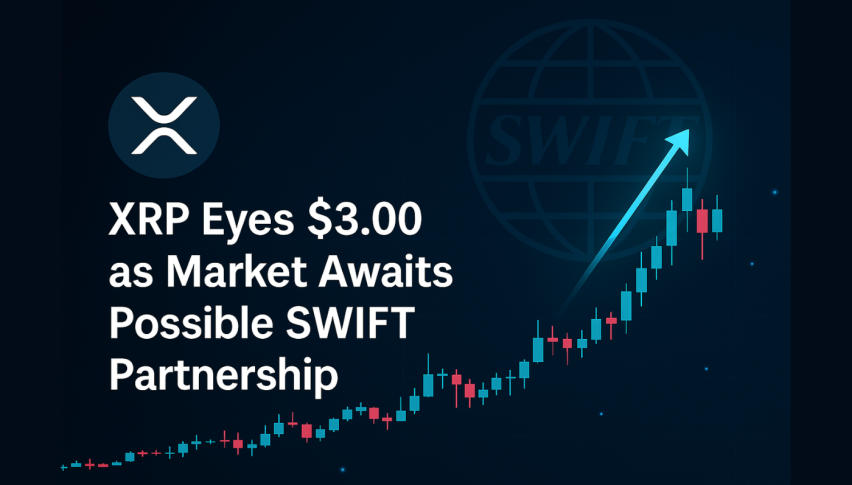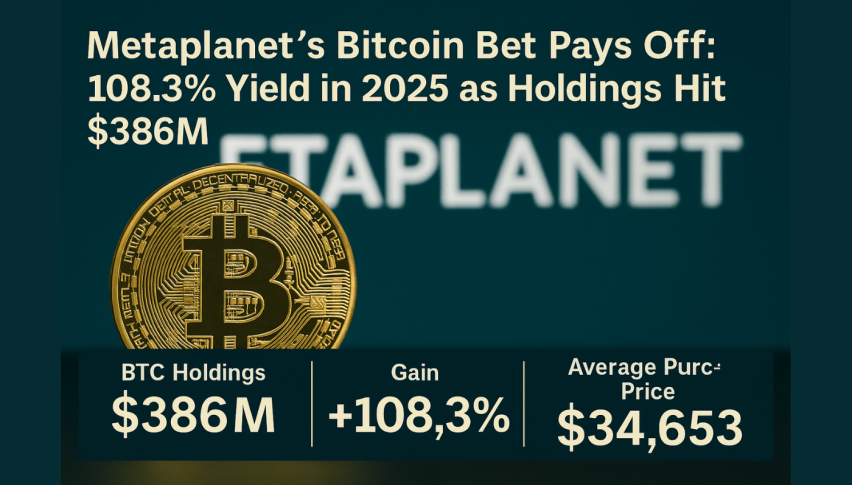Bitcoin Rockets Above $81,000 on Tariff Pause: Technical Analysis Eyes $100K Target Amid Binance Inflows
Bitcoin (BTC) has surged above $81,000, registering a substantial 7% gain over the past 24 hours, as investors respond positively to U.S. President Donald Trump’s decision to pause tariffs on all countries except China. This development has reinvigorated market sentiment and brought the coveted $100,000 price target back into focus for cryptocurrency analysts.

Trump’s Tariff Pause Propels Crypto Markets
Following Trump’s announcement of a 90-day halt on reciprocal tariffs for non-retaliating nations, Bitcoin BTC/USD saw an amazing 9% comeback on April 9. Reversing most of Bitcoin’s losses from previous in the week, the action drove the coin to revisit the $83,000 mark, a price last reached on April 6.
Although the U.S. stock market reacted with an 8% increase on the S&P 500, measures of Bitcoin derivatives indicate traders still exercise caution. Market mood is still influenced by the uncertainty around U.S. long-term government bonds; investors especially worry about the 10-year Treasury yield volatility.
Exchange Inflows Signal Market Uncertainty
Over the previous two weeks, Bitcoin inflows to cryptocurrency exchange Binance have skyrocketed; the platform’s Bitcoin reserve rose by 22,106 BTC (worth $1.82 billion) over a 12-day period, totalling 590,874 BTC.
Referring to the U.S. Consumer Price Index figures set for publication on April 10, cryptoQuant contributor Maarten Regterschot links this increase to “macro uncertainty and the upcoming CPI announcement.”
Although historically increased exchange flows indicate possible selling pressure, not all experts view this as unfavorable. Although “high inflows could be an indication of selling,” Swyftx chief analyst Pav Hundal advised, “this is a very volatile market. Binance is probably moving assets into hot wallets to satisfy strong demand.
De-risking Sets Stage for BTC Price Recovery
Data from CryptoQuant shows that following several weeks of correction, the future market for Bitcoin seems to be cooling down. Since peaking in early 2025, the BTC-USDT futures leverage ratio with regard to open interest has dropped half, suggesting notable de-leveraging resulting from large liquidations.
The extent of the current deleveraging event is shown by the 28% reduction in open interest of Bitcoin from $71.8 billion on December 18 to $51.8 billion on April 8. Although this can generate temporary volatility, it sets Bitcoin in a better long-term stable state.
Co-founder of 21st Capital Sina feels that “Bitcoin is getting significantly de-risked here,” implying that 75–80% of its decline from $109,000 to $74,500 may already be over. In six-to- eight-week corrective periods, historically prices have dropped by as much as 34%. From its all-time high, Bitcoin currently has lost 31%.In absence of a recession, $70K is my worst-case scenario. Although the economic background is still negative and more sell-off is likely, we believe Bitcoin is significantly undervalued for a long-term investor,” Sina said.
BTC/USD Technical Analysis Points to Potential Breakout
The price movement of Bitcoin seems to be supporting a declining wedge pattern developing since December 2024. This technical pattern results from declining trendlines defining a range that lowers the price trends within.
Should Bitcoin break sharply above the upper trendline at $83,000, economists estimate that by June the value of the coin may reach about $100,000. On-chain data also points to a crucial support zone between $65,000 and $71,000, therefore bolstering this positive view.
On the other hand, a rejection from the top trendline might drive Bitcoin farther into the wedge pattern and maybe slide towards $71,101. Analysts even in this more modest scenario think a final breakthrough may aim for $91,500.
Bitcoin Price Outlook and Market Sentiment
Though there was a recent surge, quick recovery seems doubtful. Based on realized values over several time periods, Bitcoin expert Axel Adler Jr. predicts BTC to move sideways inside a “volatility corridor” spanning $75,000 to $96,000.
Concurrently, prediction marketplace Kalshi offers insight on market mood after beginning to take Bitcoin deposits in order to draw more crypto-native customers. Kalshi claims most traders view the likelihood of a U.S. recession at 68% and most do not expect core tokens to generate positive returns this year.
While markets await the March CPI results on April 10, with FactSet’s consensus estimates projecting a 0.1% month-over-month increase in consumer prices, Bitcoin’s next significant movement may rely mostly on macroeconomic factors – especially any indication of the Federal Reserve changing its interest rate policy.




